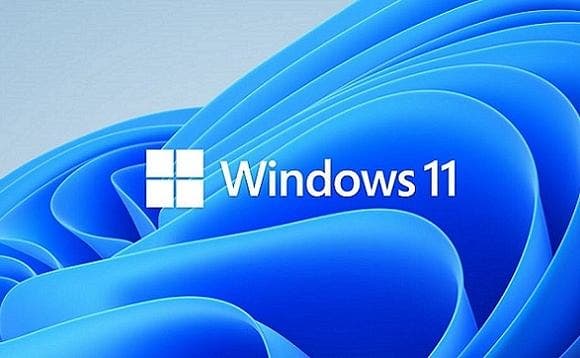Windows 11 Adoption Slowed Down In May
Windows 10 continues to maintain a significant lead over the latest version of the operating system.

Despite Microsoft's efforts to enhance Windows 11 with a variety of new features, the majority of people are still opting to stick with Windows 10.
According to StatCounter's latest report on the market share of different desktop Windows versions, Windows 10 continues to hold its position as the predominant operating system among Windows users. Approximately 71.9 percent of all customers still rely on Windows 10 for their daily computing requirements.
Windows 11 experienced a slight slowdown last month, with a market share of 22.95 percent, showing a small decrease compared to April 2023.
In April, Windows 11 reached its peak market share of 23.01 percent, marking a notable increase of 2.06 percentage points compared to March 2023.
The combined share of Windows 10 and Windows 11 accounts for 94.85 percent of the entire Windows OS market. The remaining percentage is divided among users who are still running older versions of Windows, such as Windows 7 (3.61 percent), Windows 8.1 (0.72 percent), Windows 8 (0.37 percent), and Windows XP.
Following the termination of the Extended Security Update programme by Microsoft in January 2023, Windows 7 experienced a significant decline. However, there is still a considerable number of users who persist in using Windows 7 for various tasks. According to StatCounter, Windows 7 currently holds a market share of 3.61 percent.
Earlier this month, Microsoft announced that its operating system is running on over one billion computers worldwide.
There are several reasons why Windows users might choose not to upgrade to Windows 11. One of the primary reasons is that a majority of PCs do not meet the required hardware specifications to run a "supported" version of Windows 11.
The requirement for TPM 2.0 has been a major obstacle for Windows 11 upgrades. TPM 2.0 is a security feature that needs to be enabled on PCs in order for users to upgrade to Windows 11. However, numerous older PCs do not support TPM 2.0, and even on many newer desktops or laptops, this feature is not enabled by default.
The end-of-support date for Windows 10 is scheduled for October 14, 2025. Microsoft has already ceased the sale of both the Pro and Home editions of the operating system.
Last month, Microsoft announced that Windows 10 version 21H2 will no longer receive support from Microsoft, starting June 2023.
"On June 13, 2023, Home, Pro, Pro Education, and Pro for Workstations editions of Windows 10, version 21H2 will reach end of servicing," the company said in its Windows Health Dashboard last month.
"The upcoming June 2023 security update, to be released on June 13, 2023, will be the last update available for these versions," Microsoft noted.
Customers who reach out to Microsoft Support after June 13 will be advised to update their device to the latest Windows 10 version or consider upgrading to Windows 11 to receive continued support.
In April, Microsoft confirmed that Windows 10 version 22H2 will be the last iteration of the operating system. Consequently, the company will no longer release feature updates for Windows 10. However, security updates will continue until October 14, 2025.
Microsoft has outlined its support plans for Windows 10 Enterprise LTSC 2021, extending support until January 12, 2027. Additionally, Windows 10 IoT Enterprise LTSC 2021 will be supported until January 13th, 2032.
This article originally appeared on CRN’s sister site, Computing.